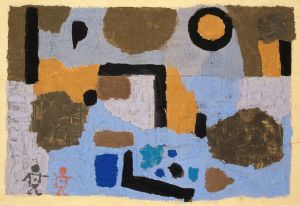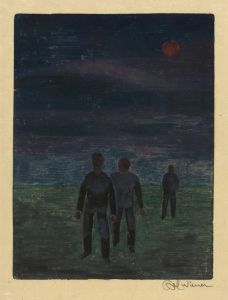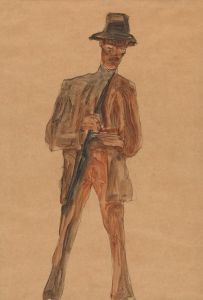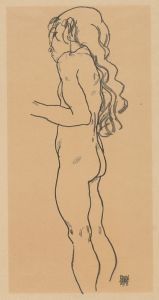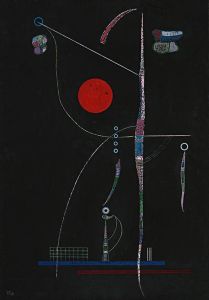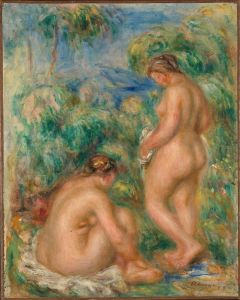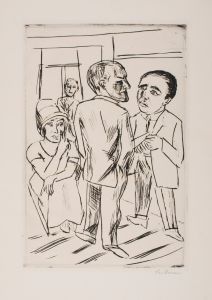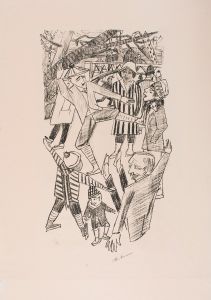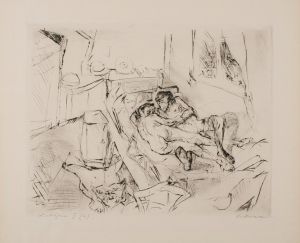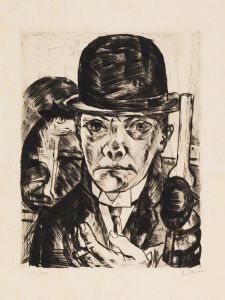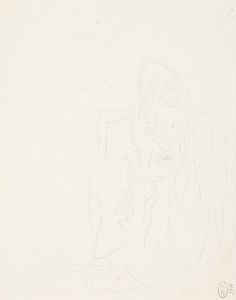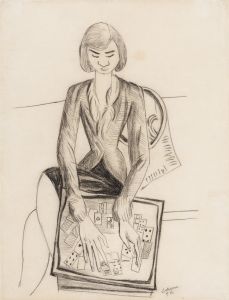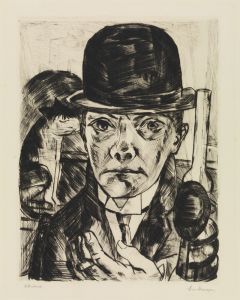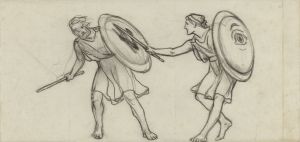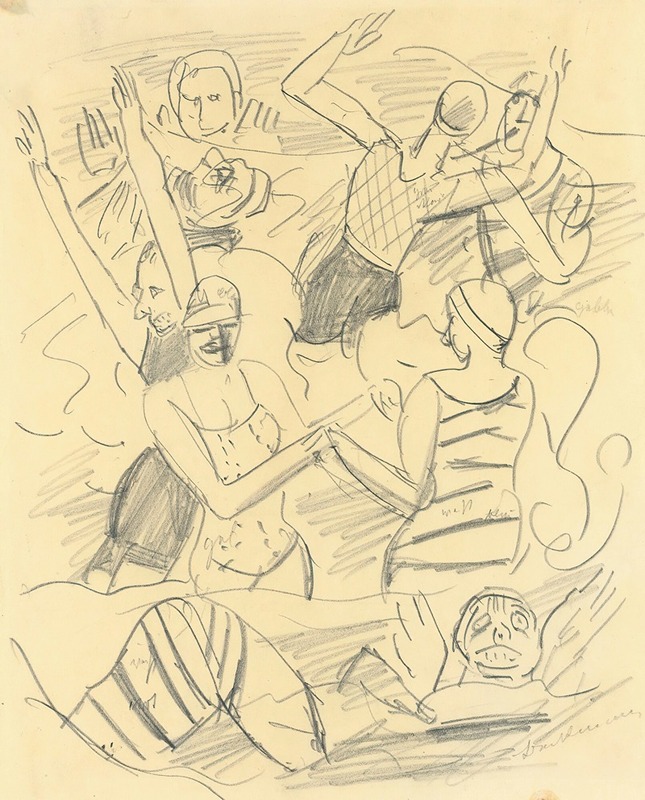
Badende
A hand-painted replica of Max Beckmann’s masterpiece Badende, meticulously crafted by professional artists to capture the true essence of the original. Each piece is created with museum-quality canvas and rare mineral pigments, carefully painted by experienced artists with delicate brushstrokes and rich, layered colors to perfectly recreate the texture of the original artwork. Unlike machine-printed reproductions, this hand-painted version brings the painting to life, infused with the artist’s emotions and skill in every stroke. Whether for personal collection or home decoration, it instantly elevates the artistic atmosphere of any space.
Max Beckmann's Badende (translated as Bathers in English) is a painting created in 1933 by the German artist, who is widely regarded as one of the most important figures of 20th-century modern art. Beckmann, known for his distinctive style that blends elements of Expressionism and New Objectivity, often explored themes of human existence, societal tensions, and personal introspection in his works. Badende is one such example, reflecting Beckmann's interest in depicting the human figure in complex and often ambiguous settings.
The painting portrays a group of bathers in a scene that combines naturalistic and symbolic elements. Beckmann's use of bold, angular lines and a muted yet striking color palette creates a sense of tension and dynamism within the composition. The figures in Badende are rendered with a sense of individuality, yet they are also interconnected through their shared environment and the artist's deliberate arrangement of forms. The work exemplifies Beckmann's ability to merge realism with abstraction, capturing both the physical presence and the psychological depth of his subjects.
Badende was created during a tumultuous period in Beckmann's life and career. In 1933, the same year the painting was completed, the Nazi regime came to power in Germany. Beckmann's art, which often challenged traditional norms and explored themes of modernity, was deemed "degenerate" by the Nazis. This designation led to the removal of his works from German museums and galleries, as well as his eventual exile from the country in 1937. The oppressive political climate of the time may have influenced the mood and themes of Badende, though Beckmann's works are often open to interpretation and resist definitive readings.
The painting is part of Beckmann's broader exploration of leisure and social interaction, recurring themes in his oeuvre. Scenes of bathers, circus performers, and other gatherings allowed Beckmann to examine the complexities of human relationships and the interplay between the individual and the collective. While Badende is not as widely discussed as some of Beckmann's other works, such as his triptychs, it remains an important example of his artistic approach during a critical period in his life.
Today, Badende is recognized as a significant work within Beckmann's body of art, reflecting his mastery of form, color, and composition. The painting is held in a private collection, and its details are occasionally featured in exhibitions or retrospectives dedicated to Beckmann's career.





